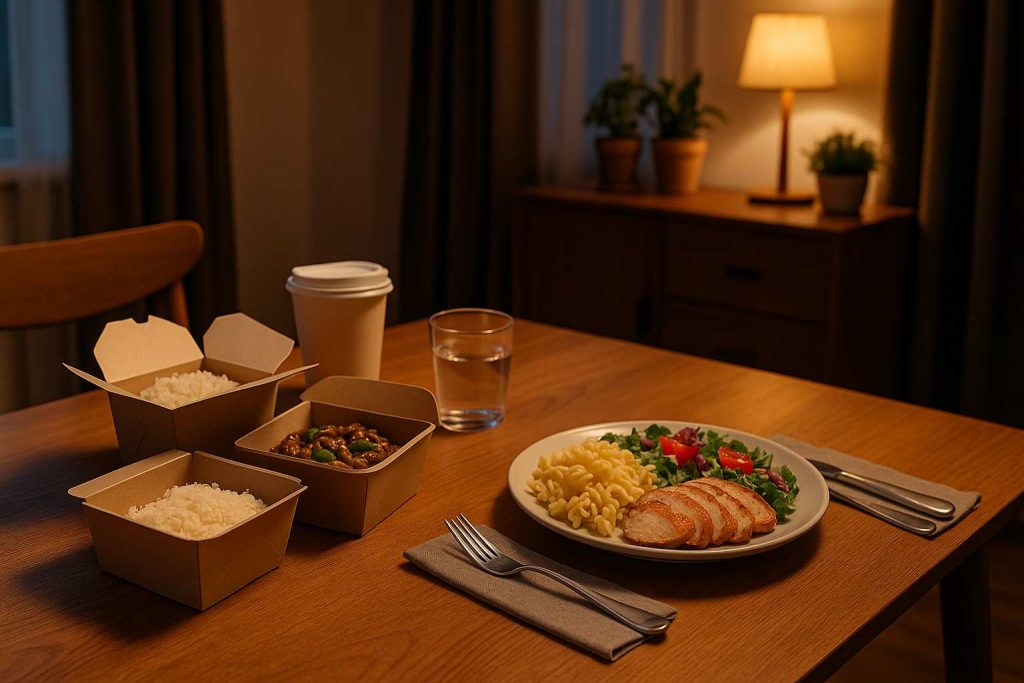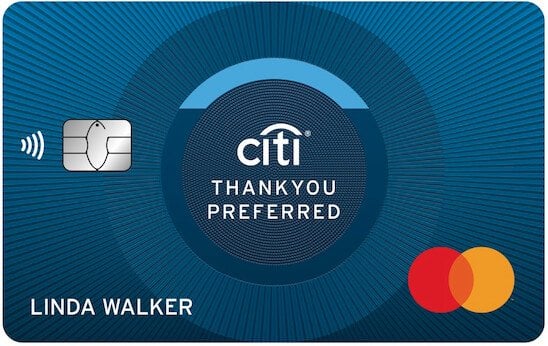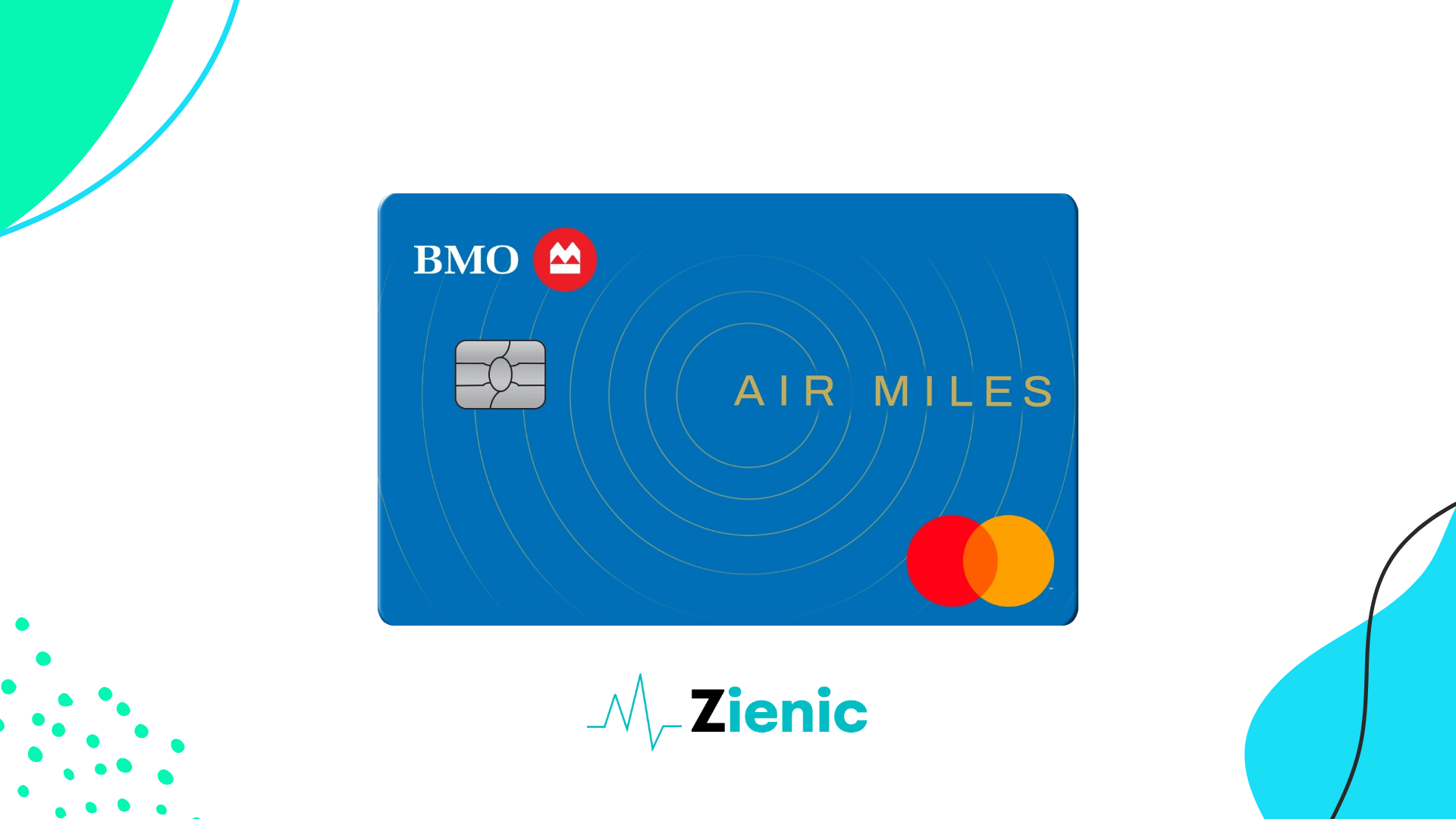Strategies for reduce costs with food delivery are becoming more relevant as prices continue to rise. Many people rely on takeout for convenience, but recurring fees, hidden charges, and tipping can quickly add up. By exploring smarter alternatives and making a few adjustments, it’s possible to keep enjoying meals at home without overspending.
One of the biggest challenges is recognizing how seemingly small expenses accumulate. A couple of orders per week may feel harmless, but over a month, the impact on your budget can be significant. That’s why developing simple yet effective habits is essential to stay in control of your spending.
Make smarter choices when ordering

Choosing wisely is the first step toward saving. Apps often feature a variety of restaurants with different fee structures, so take the time to compare before placing your order. Opting for local eateries may result in lower delivery costs, and sometimes, smaller restaurants run promotions not listed on large platforms. For accurate comparisons, you can also check the restaurant’s own website, since ordering directly can reduce extra charges.
Another tactic is to avoid peak times, when dynamic pricing or limited driver availability can push fees higher. Ordering earlier in the evening or just before lunch rush can not only save money but also ensure quicker delivery. These adjustments may seem minor, but together they create consistent savings.
Take advantage of deals and memberships
Most delivery apps run frequent promotions or discount codes. Signing up for email alerts or app notifications helps you catch these limited-time offers. Loyalty programs also accumulate rewards, turning repeat purchases into future discounts. Subscribing to monthly memberships, like Uber One or DashPass, can reduce service fees and include exclusive deals—if you order frequently, the subscription can quickly pay for itself.
For those who prefer flexibility, cashback credit cards that reward food spending can add another layer of savings. Combining promo codes with reward programs maximizes the return on each order. The key is to stack benefits whenever possible, without letting promotions tempt you into unnecessary purchases.
Explore alternatives to delivery apps
While third-party apps are convenient, they’re not the only option. Some restaurants have in-house delivery systems, which often charge lower fees. Calling the restaurant directly can sometimes unlock exclusive discounts or free delivery offers. This approach also supports small businesses by allowing them to avoid hefty platform commissions.
Meal kit subscriptions and grocery delivery services are other alternatives worth considering. Although they may require more preparation, they reduce dependence on costly takeout while still providing variety. Services like HelloFresh or Blue Apron, for example, can offer balanced meals at a lower overall price point compared to frequent delivery orders.
Reduce frequency and set a budget
The simplest way to manage expenses is to limit how often you rely on delivery. Setting a weekly budget ensures you can enjoy takeout without derailing your financial goals. Try replacing one order per week with a quick homemade option; even something simple like pasta or a sandwich can save significant money in the long run.
Another helpful strategy is to track your monthly spending on food apps. Many platforms now provide expense summaries, showing how much you’ve spent over time. Seeing the total can be eye-opening and encourage more conscious decisions. Small cuts in frequency can create large savings over months.
Balance comfort with financial awareness
Cutting down on costs tied to delivery doesn’t mean giving it up completely. It’s about balancing convenience with smarter financial decisions. By comparing platforms, using memberships, exploring alternatives, and tracking expenses, anyone can enjoy takeout while keeping a healthy budget.
The main takeaway is not restriction, but intention. When you become more aware of how each order affects your monthly expenses, you can prioritize what truly matters—whether it’s enjoying a favorite dish or saving for other goals. With a thoughtful approach, delivery remains a treat rather than a burden on your finances.



